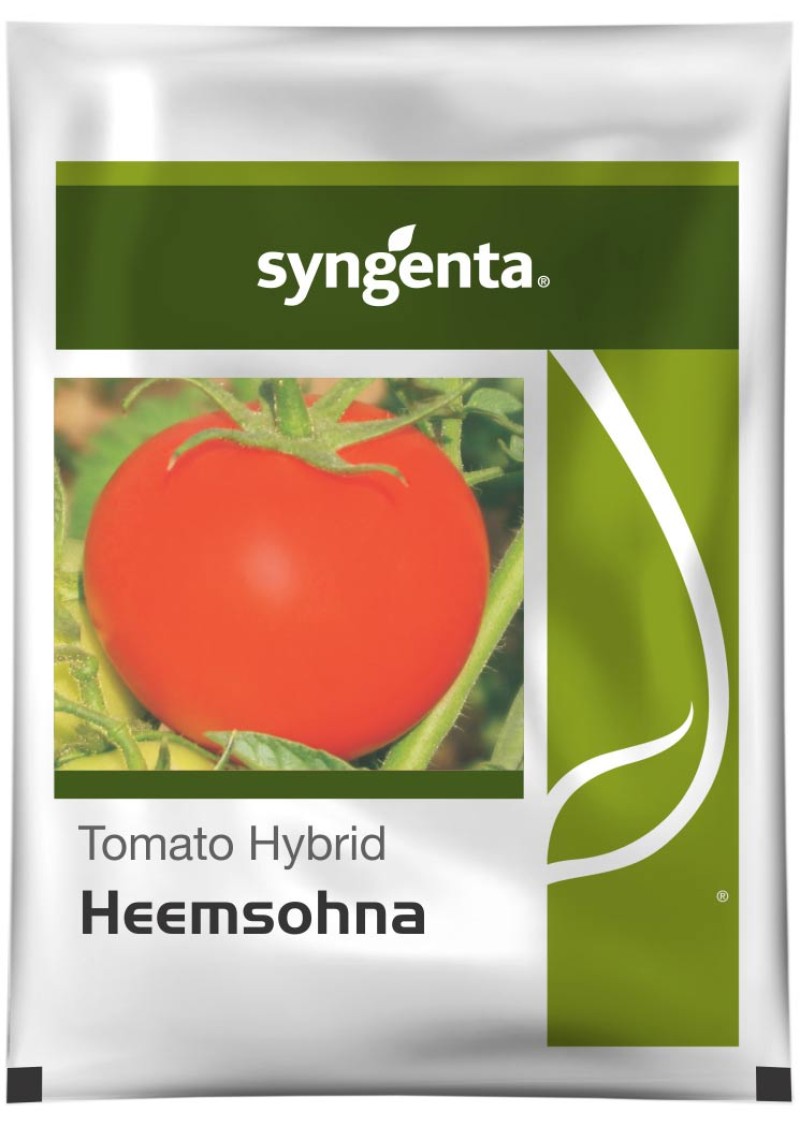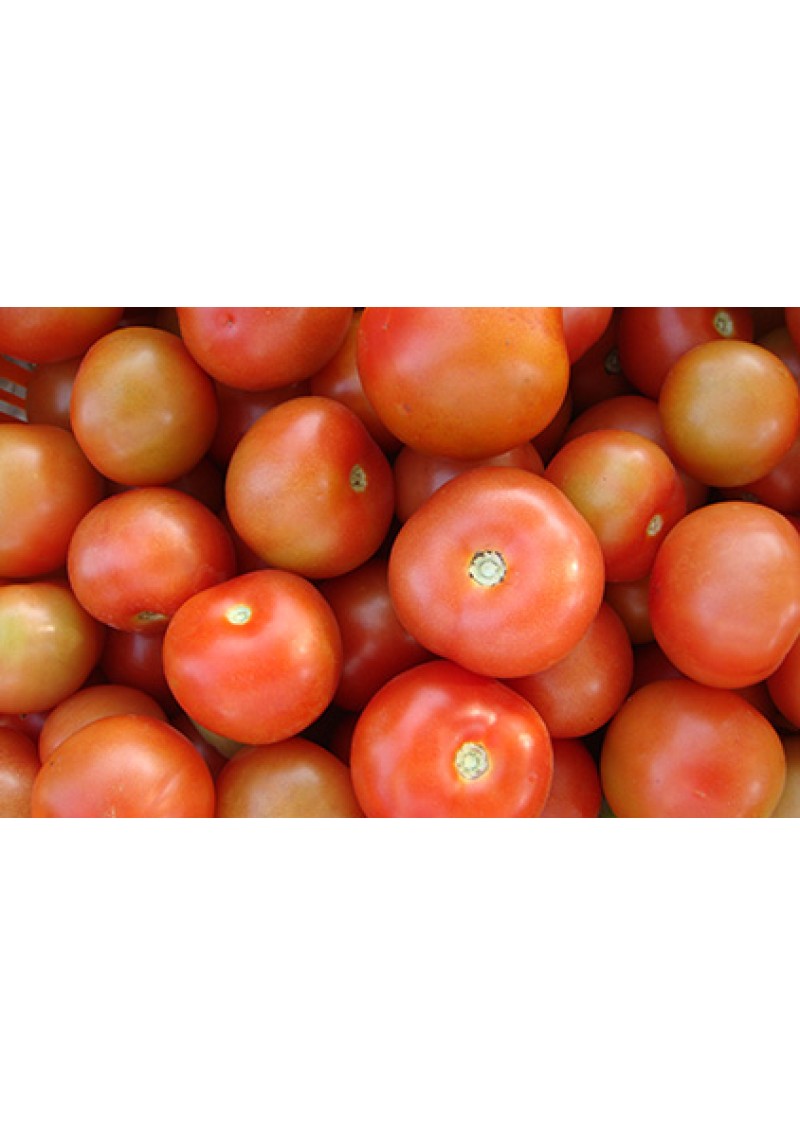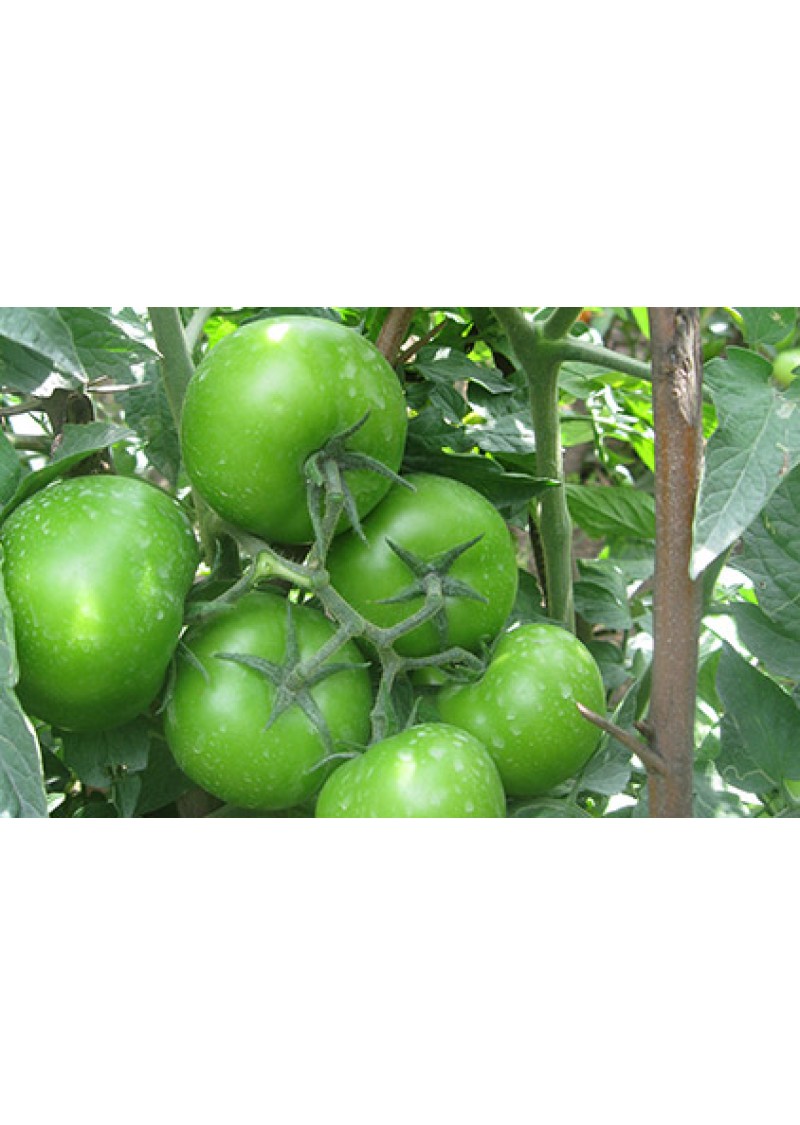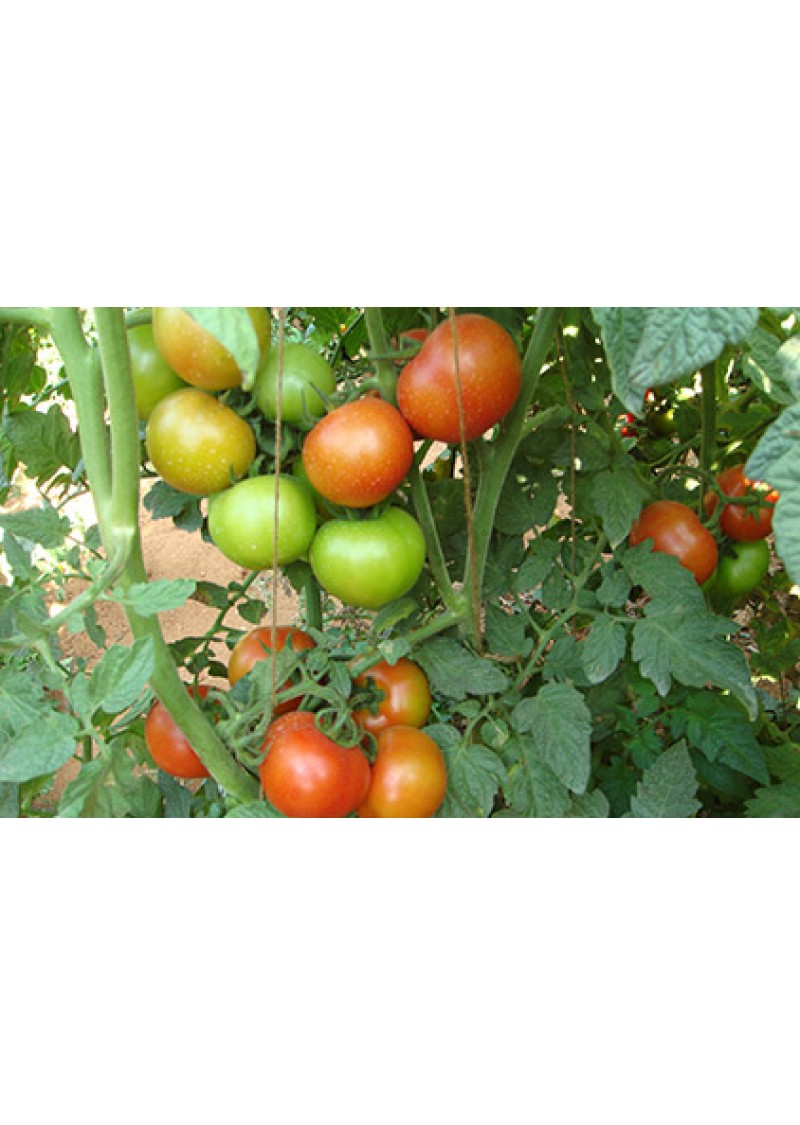Heem Sohna (हिम सोना)-3500 Seeds
- Brand: Syngenta
- Product Code: HSN CODE 1209
- Availability: In Stock
Description
Product Details
Product Specification
| Brand | Syngenta |
| Color | Red and glossy fruit |
| Variety | Heemsohna |
| Crop | Tomato |
| Maturity | 65 - 75 days |
| Size | Oblate,medium size (90 - 100 g) |
| Shape | Firm and uniform fruit size with excellent shelf life |
| Suitability Of The Variety For The Area Agro Climatic Zone | All over MH & KA,AP,TN,UP,GJ,MP,CG,WB,RJ |
| Seed Treatment Rate Of Timing Chemical | Seeds are treated with Carbendazim 2g + Thiram 2 g per Kg of seeds. |
| Sowing Time | Rabi,Summer,Rainy |
| Seed Rate | 40-50 g per acre. |
| Transplanting | Transplanting should be done @ 21-25 days after sowing. |
| Spacing | Row to Row and Plant to Plant - 120 x 45 or 90 x 45 cm |
| Total Requirements | Total NPK requirement @ 100*150*150 kg per acre. |
| Basal Dose | Apply 33% N and 50% P,K as basal dose during final land preparation. |
| Top Dressing | 33% N and remaining P,K at 30 days after transplanting and 34% N at 50 days after transplanting. |
| Expected Yield of the Variety | 25-30 MT/acre ( depending on season and cultural practice) |
Product Description
Syngenta seeds improves yield by prompting early emergence, vigorous growth and highest quality output. It has an established presence globally, with research and development centers, well equipped laboratories for seeds testing and efficient all - India network of field force and distributors.
The seed production is carried out through contract farmers, under stringent supervision of our highly competent experts. The seed conditioning plants setup at three different locations in India cater to conditioning and packaging the seeds, protecting their essential properties and vigor.
Syngenta continues to invest strongly in technology and marketing of vegetable seeds. State-of-the-art molecular markers technologies help broaden and deepen our germplasm base from conventional breeding.
Features :
- Indeterminate tall vigorous plants
- Medium foliage cover with profuse branching
- High yield potential
- Long duration
- Good for long distance transportation
Field should be well prepared free from weeds and well drainage facility. 1-2 deep ploughing, Soil should be exposed to sunlight, 3 to 4 rounds of harrows to reach fine tilt. Before final harrow, apply 8 to 10 MT well decomposed FYM/acre along with 250 gm Trichoderma for controlling soil born fungus.
Sowing: Prepare the raised bed of 180x90x15cm, for 1acre 10 to 12 beds are required. Nursery should be free from weeds and debris. Line sowing is recommended. Distance between two row: 8-10 cm (4 fingers) apart, Distance between seed to seeds : 3-4 cm ( 2 fingers), Seeds are sown in line at 0.5-1.0 cm deep
Recommended states for cultivation under normal agro climatic conditions in:
| Kharif | GJ, RJ, MH, AP, KA, TN, MP, CT, UT, UP, HP, PB, HR |
| Rabi | GJ, RJ, AS, WB, MH, AP, KA, TN, MP, CT, UT, UP, HP, PB, HR |
| Summer | HP, WB, GJ, RJ, MH |
Weed Control- Chemicals with doses and timing
Timely weed removal is very important, need based hand weeding can be done to ensure healthy crop.
Diseases & Pest control- Chemicals with doses and timingFor effective crop control use following Insect and disease solution Powdery Mildew and Late Blight- Apply Amistar (200ml/acre),Alternaria/Anthracnose - Apply Blue Copper @ 600g/acre,
Alternaria - Apply Kuman L @ 600 ml/acre and for any other diseases apply fungicide as per recommendation from the Department of Agriculture (plant protection).
Aphid+Jassid+White Fly - Apply Actara @ 40g/acre,
Fruit Borer - Apply Matador @ 120 ml/acre and for any other Insects apply recommended insecticides.
Irrigation Schedule“Irrigation Frequency Depends upon -
A. Soil type: Light soils need more frequency. Heavy soils needs less frequency.
B. Crop stage: Vegetative stage: maintain adequate moisture for development of roots. Flowering & fruiting - frequent and shallow irrigation. Harvesting - gradually reduce irrigation during harvesting
C. Growing season: Summer - requires frequent irrigation.
Winter- As against summer season, in winter the irrigation frequency is longer.
Rainy - very less frequency depending up on soil moisture"
HarvestingHarvest the fruit at the time of physiological maturity. It starts maturing by 65 -70 days after transplanting- depending on season / climate. Picking is done generally at an interval of 4-5 days. Depending on type of market / distance -tomato are picked







